Like its predecessor, Kingdom Come: Deliverance 2 has every intention of being as historically accurate as possible to immerse players in a realistic rendition of medieval Bohemia. In light of that, the game aims to depict the culture of that period along with key locations that contributed significantly to that culture, most notably Kuttenberg. Today, Kuttenberg is a district town of the Central Bohemian region, 70 km east of Prague. During Kingdom Come: Deliverance 2‘s time, it was a very economically and politically important location serving as the game’s largest urban environment.
Game Rant recently had an opportunity to interview Warhorse Studios about Kingdom Come: Deliverance 2‘s portrayal of Kuttenberg, including its history, what inspired its inclusion in the game, and the unique gameplay opportunities it offers. During the interview, Warhorse’s PR manager, Tobias Stolz-Zwilling, was pleased to divulge more information about the historic location and what players can expect from it in the game. This interview has been edited for brevity and clarity.
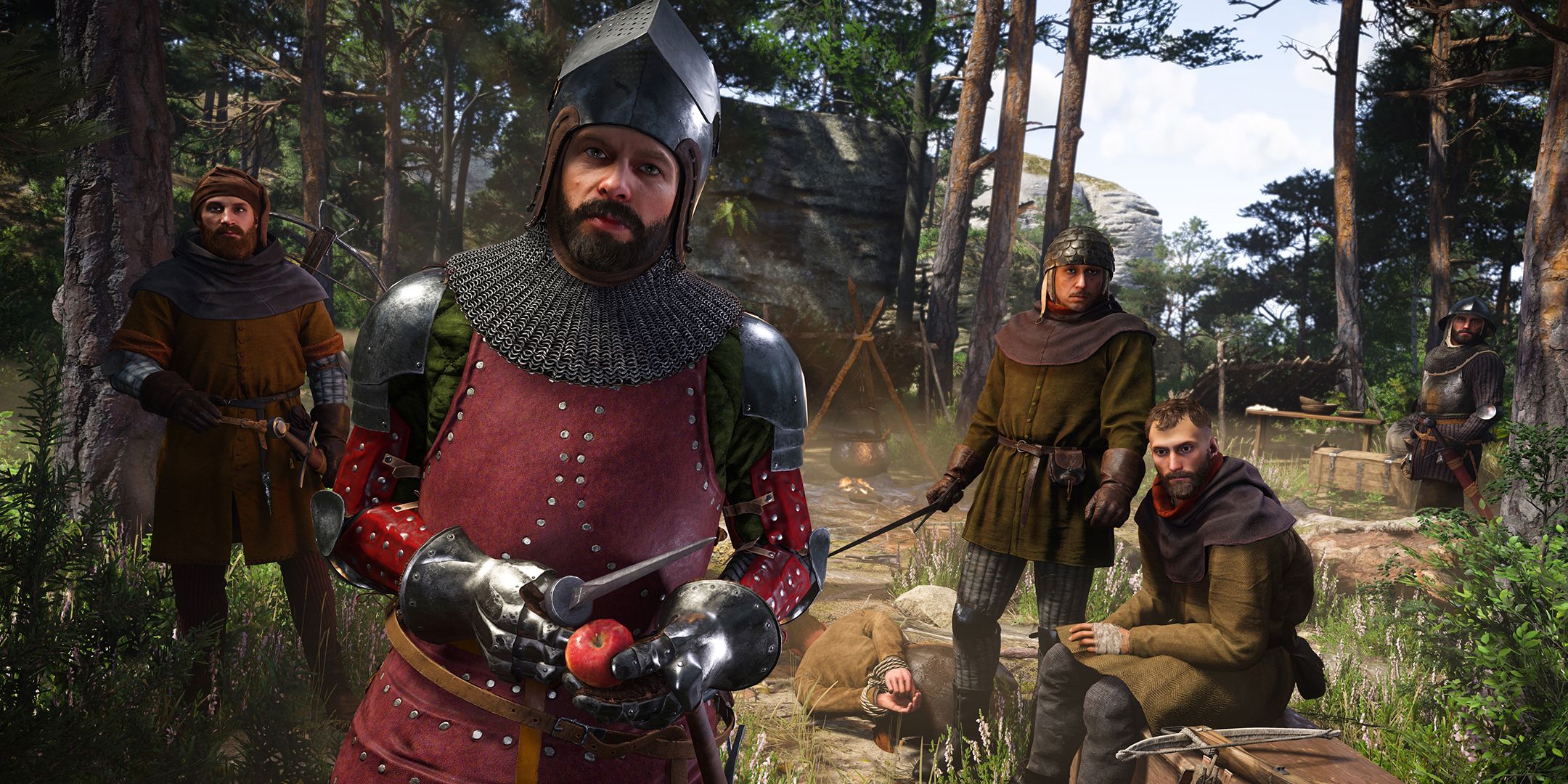
Related
Kingdom Come: Deliverance 2 Hands-on Preview – Stepping Into History
Kingdom Come: Deliverance 2 feels like a refined iteration of what made KCD1 special, based on Game Rant’s preview of the game.
Kingdom Come: Deliverance 2’s Kuttenberg in History
Q: Can you elaborate on Kuttenberg’s role in medieval Bohemia and its economic and political importance during that era?
A: Kuttenberg (or Kutna Hora in Czech) was indeed a city of great power and economic, political, and even military significance. The reason for that can be boiled down to one single word: silver. As a silver mining town, it hoarded huge amounts of wealth which attracted traders, miners, and the like, but also made it a valuable strategic target during wartime.
In 1403, the time in which Kingdom Come: Deliverance takes place, it was already occupied by the invading King Sigismund of Hungary. Kingdom Come: Deliverance 2‘s Henry will have to navigate the town but will need to stay on his toes. I find it fascinating how the people of Bohemia were confused and divided over the question of which king to support: the rightful but idle one, or the (seemingly) strong but invading one.
Q: What inspired the decision to make Kuttenberg a prominent setting in Kingdom Come: Deliverance 2, and how does the location enhance the game’s narrative?
A: It made a lot of sense for Kingdom Come: Deliverance 2‘s story. Kuttenberg was mentioned several times in Kingdom Come: Deliverance and offered a very intriguing and interesting narrative to explore, especially as we discovered that King Sigismund himself was in town during that period. I don’t think it’s much of a spoiler to say that, as a player, you’ll encounter far more prominent “celebrities” than you did in the first game. Prague, while internationally more renowned, simply did not make sense for the game.
Q: In what ways does Kuttenberg’s historical context influence the storyline and character development in Kingdom Come: Deliverance 2?
A: Kuttenberg and the events that took place there is an integral part of the story in Kingdom Come: Deliverance 2. I don’t want to spoil too much, but I sometimes compare KCD2 to movies like Inglourious Basterds or Ocean’s Eleven.
Q: When it came to recreating Kuttenberg in Kingdom Come: Deliverance 2, I’m assuming there was plenty of collaboration with historians, architects, and/or local experts. What was that process like?
A: I honestly think that recreating Kuttenberg in its entirety was the biggest challenge we faced. It wasn’t just about reconstructing its 1403 appearance, but also about researching what life was like in the town – how people lived and behaved, and who actually lived there, among many other details. To achieve this, our in-house historian ventured far and wide, collaborating with the town’s archives and with museums, universities, other historians, and various experts. The goal was to create a depiction that’s as accurate as possible within the constraints of a video game.
Of course, not everything is possible, and compromises have to be made here and there. But overall, we’re very excited to share what we’ve created. The town itself, its mayor, and officials are equally enthusiastic and are already preparing guided tours and other events for fan tourists they expect.
Q: Were there any surprising discoveries about Kuttenberg’s history that influenced Kingdom Come: Deliverance 2‘s game design or storytelling?
A: I don’t think anything caught us completely off guard. However, it was fascinating to decipher which nobleman aligned with which side of the conflict. Politics seem to follow the same pattern – saying many words without really saying anything in particular.
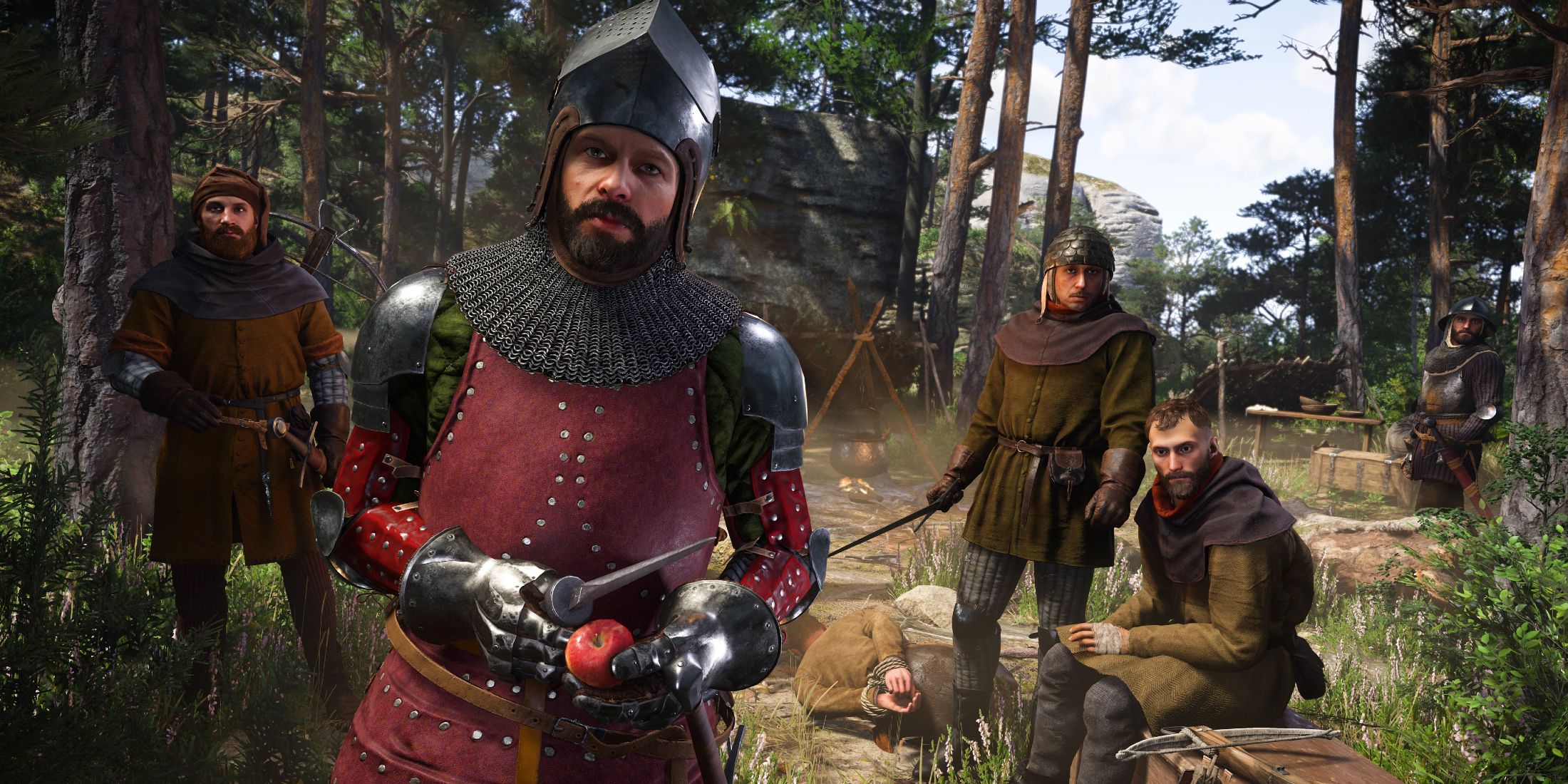
Related
How Blacksmithing Works in Kingdom Come: Deliverance 2
More information is starting to release for Kingdom Come: Deliverance 2, and blacksmithing is shaping up to be a core engaging aspect of the title.
Kingdom Come: Deliverance 2’s Kuttenberg in Gameplay
Q: How does the urban landscape of Kuttenberg in Kingdom Come: Deliverance 2 differ from the more rural settings of the first game, and what unique gameplay opportunities does it offer?
A: It does differ quite a lot. First of all, as you mentioned in your question, it’s a much more urban setting compared to the more rural environments of the first game — or even the first map you venture to (the area around Trosky Castle). Kuttenberg is a significant part of the second map in Kingdom Come: Deliverance 2, but it’s not the only thing you’ll explore. There are other fortifications, castles, a massive monastery, villages, and more. It’s also a more “industrious” setting, featuring numerous silver smelters and related activities.
Q: What challenges did the development team face in digitally reconstructing the complex architecture and urban layout of medieval Kuttenberg in Kingdom Come: Deliverance 2?
A: The most obvious challenge was that not all buildings survived, and some of the ones that did survive look completely different today. This meant we had to dive deep into research. Sometimes we found solid evidence, while other times we had to create our own interpretations. A good example is the former town hall of Kuttenberg, which we know had an astronomical clock.
However, since the town hall is now destroyed and no one knows what it actually looked like, we took inspiration from similar buildings in the region and created our own version. The most important thing was to make it feel and look authentic while staying as true to the period as possible. You could say this about every aspect of Kingdom Come: Deliverance 2.
Q: Are there any landmarks in Kuttenberg that were pivotal during the medieval period? If so, how are they represented and/or utilized in Kingdom Come: Deliverance 2?
A: I’d compare it to the gold rush in the United States. Silver and the mines were the easiest answer to the city’s prominence. Everything revolved around silver, and “regular” citizens were, more or less, able to achieve riches that had previously been accessible only to the nobility. Naturally, this led to a clash as the nobility began losing influence, and “regular” people became entrepreneurs if the circumstances were right.
Of course, there’s more to it. The wealth also allowed the city to construct monuments and massive manors. The most notable is probably the Italian Court, which served as the king’s seat (when he wasn’t in the capital) and functioned as the kingdom’s central bank. All the silver was brought to this place and minted into coins.
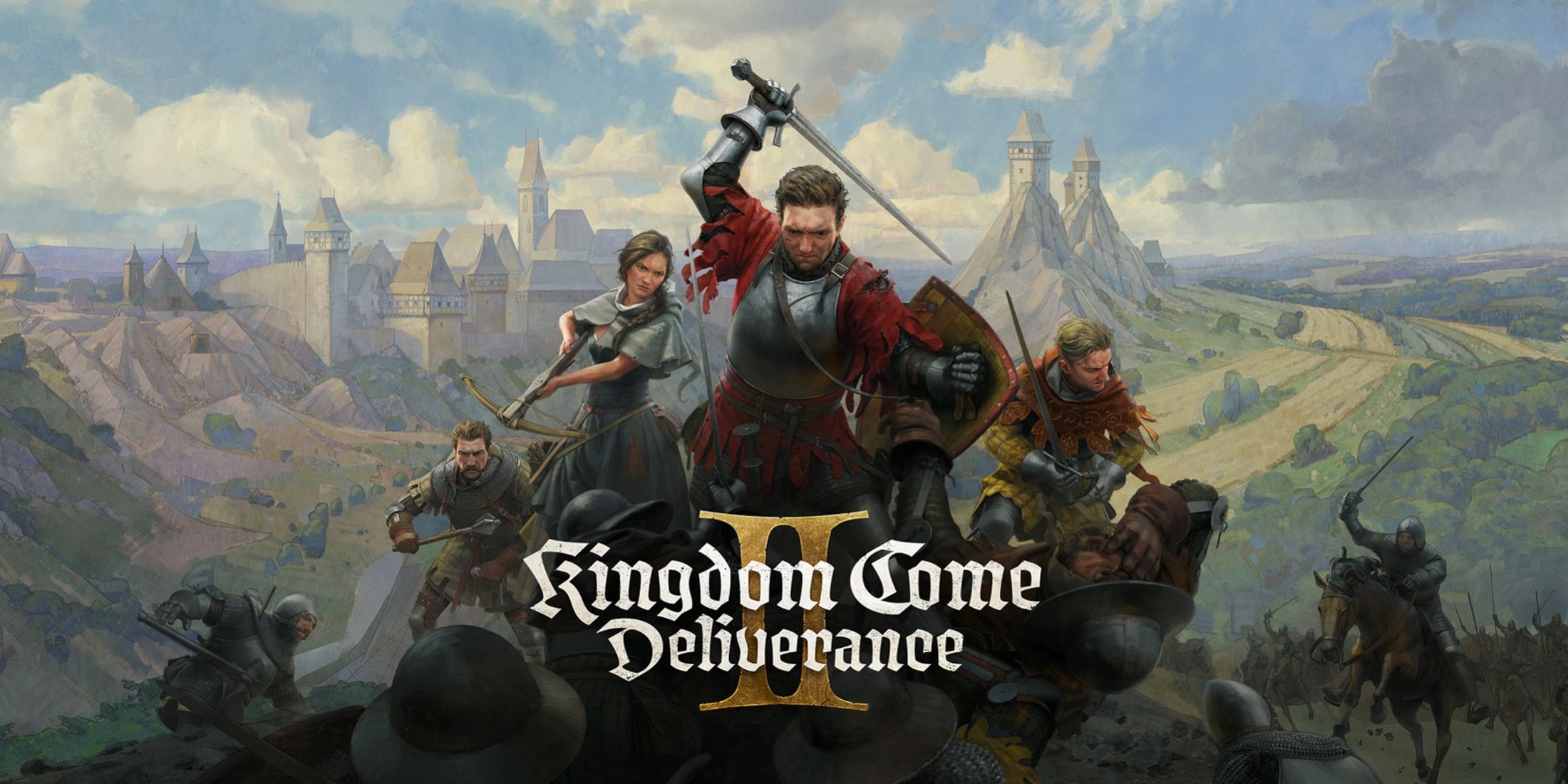
Related
Everything Revealed About Romance in Kingdom Come Deliverance 2
Fans are learning more about the core mechanics of Kingdom Come: Deliverance 2, with a lot now being known about the title’s romance features.
Q: How did the team approach the representation of daily life, culture, and societal norms of Kuttenberg’s residents during Kingdom Come: Deliverance 2‘s time period?
A: The most challenging part was figuring out how “regular Joe” lived his daily life. The reason is simple: scribes and chroniclers typically focused on celebrities rather than common folk. We approached this challenge the same way we tackled everything else — research, research, research.
Luckily, the Middle Ages are extremely well-documented here in the Czech Republic, so we were able to consult many local experts on the topic. We also contacted historians and specialists from other countries to compare findings and double-check our interpretations. This collaborative approach helped us piece together a more accurate and well-rounded picture of everyday life during that time, in this specific location.
Q: How does Kingdom Come: Deliverance 2‘s depiction of Kuttenberg balance historical accuracy with engaging gameplay and an original story?
A: I’d say this point doesn’t just apply to the town of Kuttenberg but reflects how we approach crafting the game as a whole. Authenticity and immersion are our ultimate goals, but we never sacrifice fun gameplay for the sake of realism if it doesn’t enhance the experience. Like the first game, KCD2 remains a video game designed to bring joy and excitement to players, while maintaining a very authentic and immersive approach. For example, you won’t die of the flu just because you stood in the rain.
However, if you want to use potions, you’ll need to craft them through a detailed minigame. It’s definitely a “lean back and delve into it” type of experience rather than a quick and easy fix kind of game. That said, it’s still a deep RPG. Nothing in the game is forced on you; it’s entirely up to the player to decide which of the tools we provide you want to use, which way you want to go, and how you shape Henry.
[END]
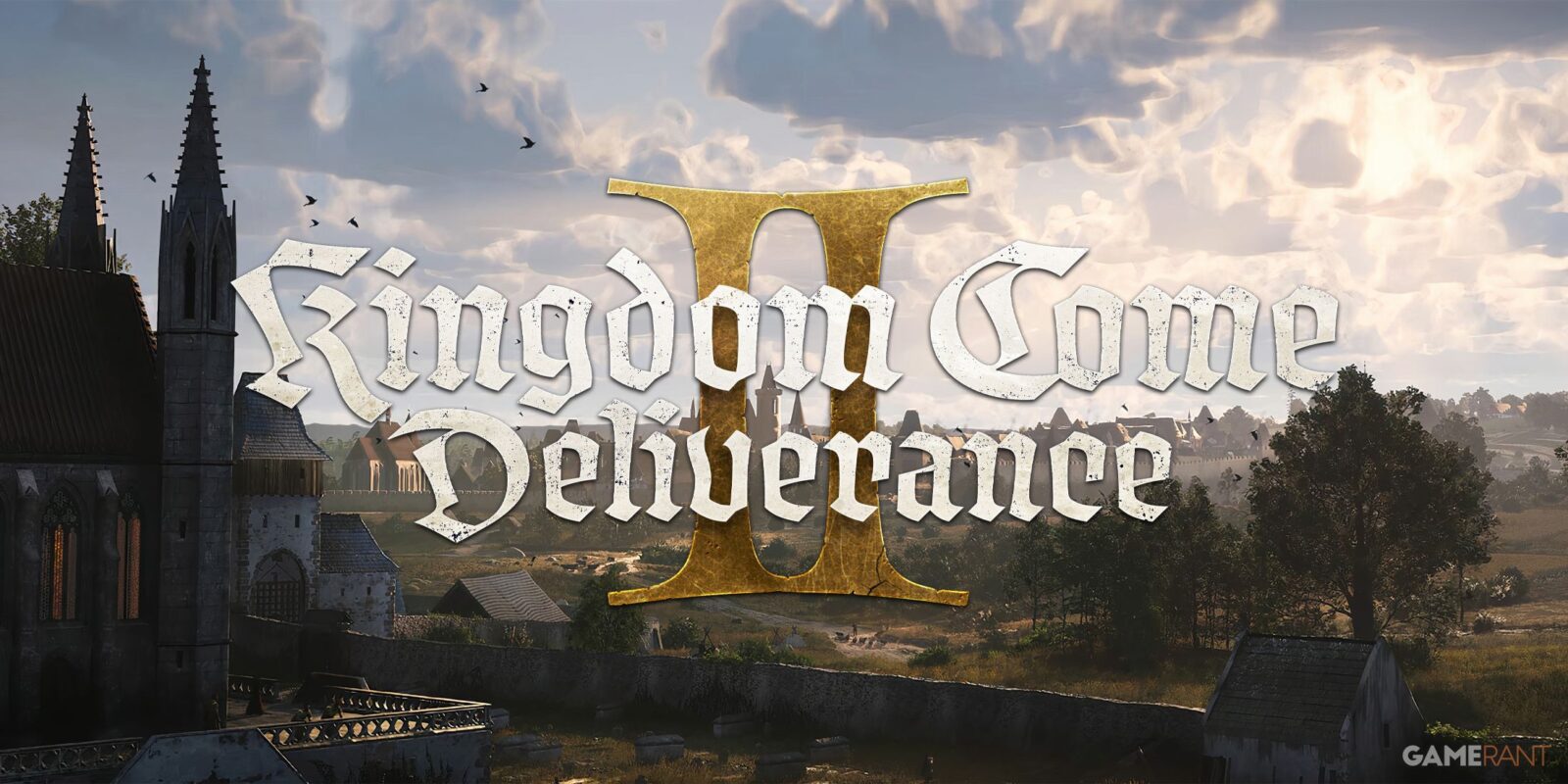

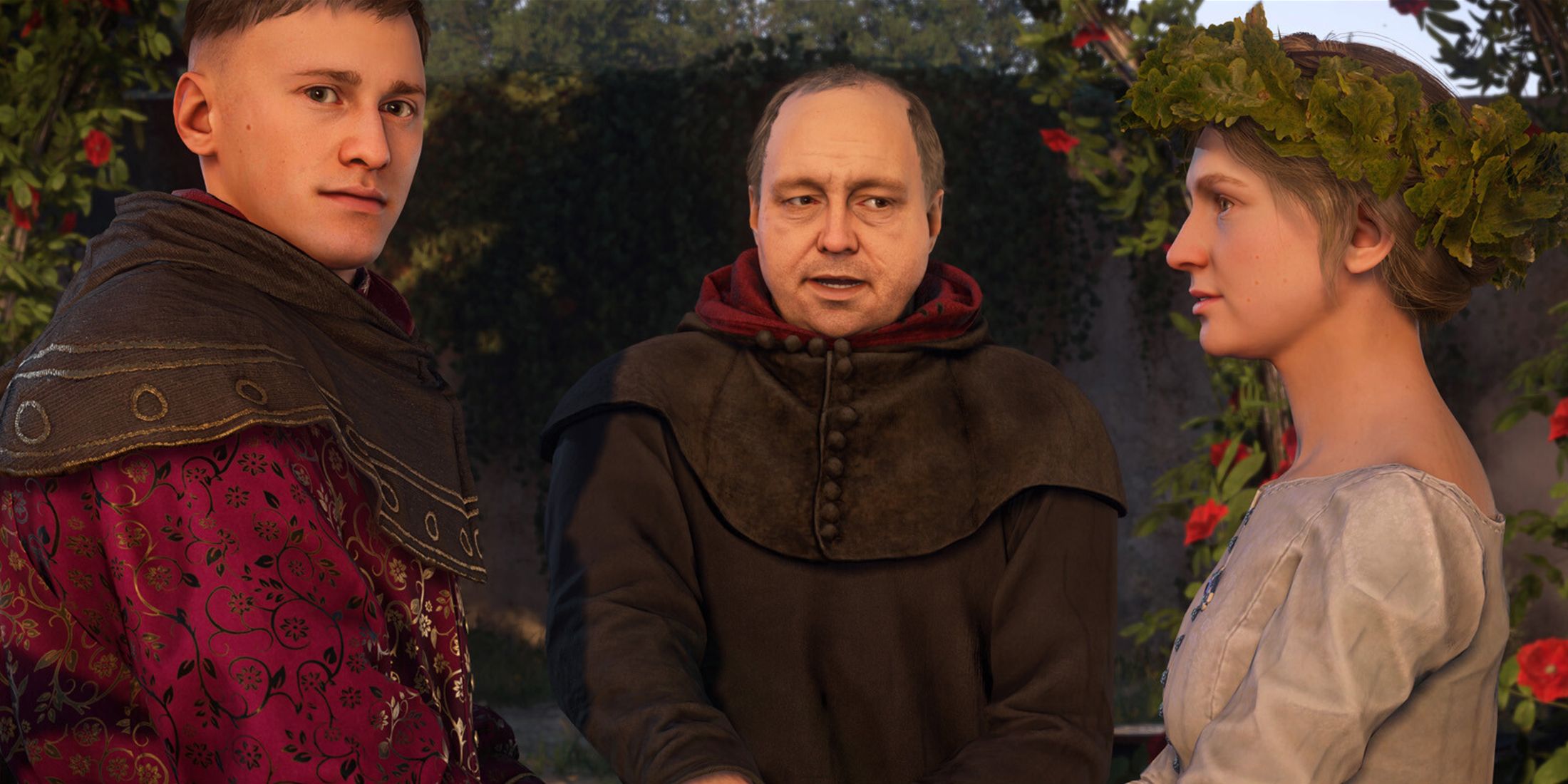
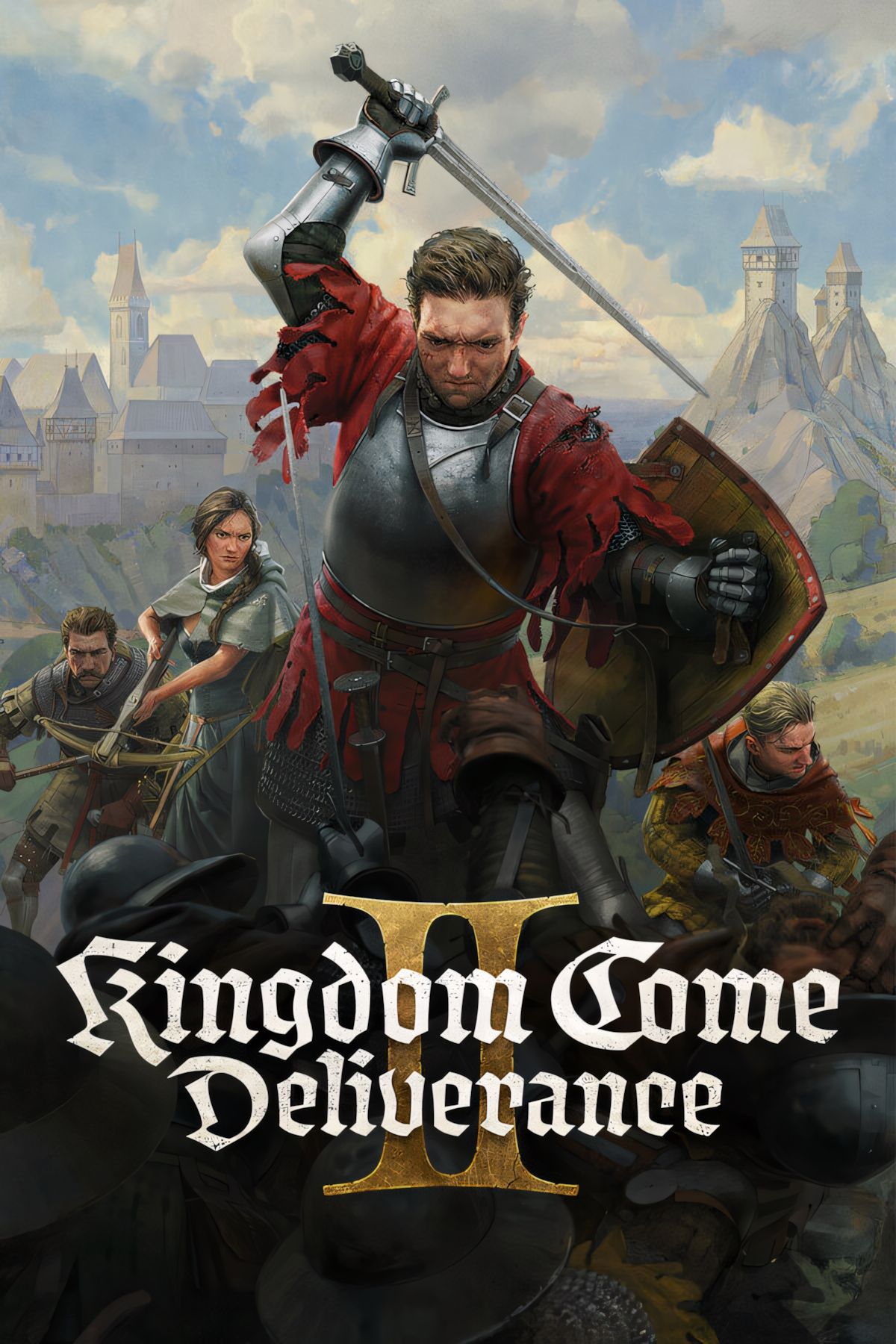


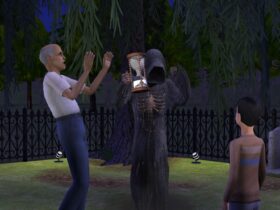
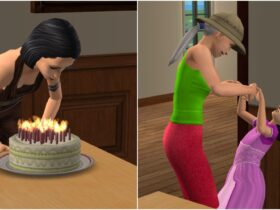
![Date Everything Reveals New Character Dante the Fireplace [EXCLUSIVE]](https://esportvoice.com/wp-content/uploads/2025/02/Date-Everything-Reveals-New-Character-Dante-the-Fireplace-EXCLUSIVE-370x250.jpg)


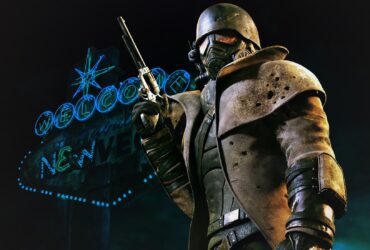

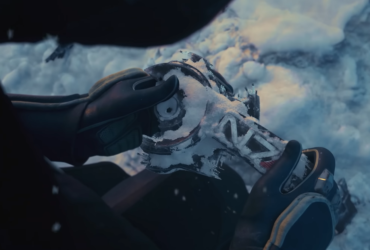
Leave a Reply